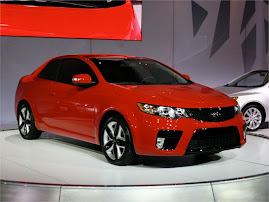Along with the change of seasons from fall to winter comes the likelihood of poor road conditions and reduced visibility. Automotive breakdowns, never convenient, can be even more dangerous in cold weather. Preventive vehicle maintenance can help lessen the odds of mechanical failure.
Blades - Wiper blades that were installed new last spring may be ready for replacement this fall. Examine wiper blades for cracks, tears and windshield contact. In addition, wipers tend to build up a thin layer of grime during the summer that keeps the rubber blade from contacting the glass, which could result in smeared windshields and poor visibility. Owners who live in cold climates should consider switching to a winter wiper blade.
Batteries - Check battery cables and posts for corrosion and clean them as needed. Extreme temperatures, battery age and cranking power are determinants as to whether a vehicle will start. Have an ASE-certified technician use professional equipment to determine if the battery is weak, while also checking the condition of the starter and alternator.
Brakes - A thorough inspection at a service center should include a "wheels-on" inspection-to help identify wheel alignment problems, sticking calipers or warped rotors-as well as a "wheels-off" inspection of the various brake parts. Also check the brake fluid; low levels can cause a dangerous loss of braking performance. Make sure the reservoir is filled to the MAX line with new brake fluid from a sealed container.
Belts and Hoses - Don't wait until a belt or hose breaks and leaves you stranded alongside the road to replace it. Inspect engine belts for cracking and pliability. If they are rigid, they should be replaced. Hoses deteriorate from the inside out; test them for spongy, brittle or bulging areas.
Other maintenance checks may include: changing the oil; checking the radiator fluid levels; inspecting or replacing the oil filter and the air and cabin filters; inspecting the heating and exhaust systems; balancing and aligning the wheels; topping off all fluids; examining lights to make sure they work and that headlights are properly aimed; and rotating the tires, making sure to check the tire pressure and inspect the treads for wear.
- ACDelco.com
Monday, September 22, 2008
Subscribe to:
Post Comments (Atom)













_(544x408).jpg)


No comments:
Post a Comment